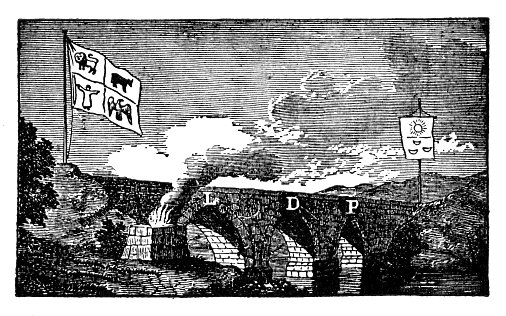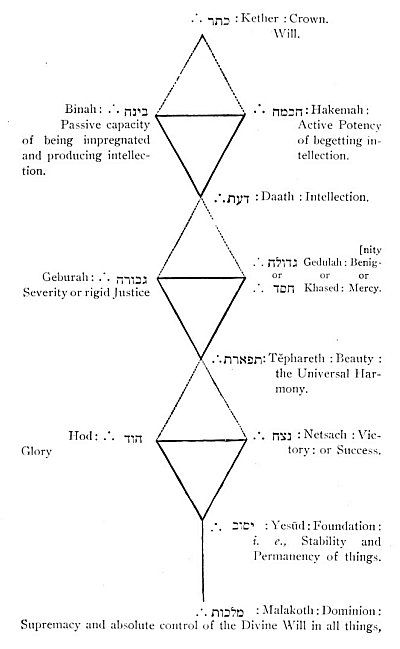Sadduceeism arose merely from an opposition essentially Jewish, to these foreign teachings, and that mixture of doctrines, adopted by the Pharisees, and which constituted the popular creed.
We come at last to the Essenes and Therapeuts, with whom this Degree is particularly concerned. That intermingling of oriental and occidental rites, of Persian and Pythagorean opinions, which we have pointed out in the doctrines of Philo, is unmistakable in the creeds of these two sects.
They were less distinguished by metaphysical speculations than by simple meditations and moral practices. But the latter always
p. 260
partook of the Zoroastrian principle, that it was necessary to free the soul from the trammels and influences of matter; which led to a system of abstinence and maceration entirely opposed to the ancient Hebraic ideas, favorable as they were to physical pleasures.
In general, the life and manners of these mystical associations, as Philo and Josephus describe them, and particularly their prayers at sunrise, seem the image of what the Zend-Avesta prescribes to the faithful adorer or Ormuzd; and some of their observances cannot otherwise be explained.
The Therapeuts resided in Egypt, in the neighborhood of Alexandria; and the Essenes in Palestine, in the vicinity of the Dead Sea. But there was nevertheless a striking coincidence in their ideas, readily explained by attributing it to a foreign influence. The Jews of Egypt, under the influence of the School of Alexandria, endeavored in general to make their doctrines harmonize with the traditions of Greece; and thence came, in the doctrines of the Therapeuts, as stated by Philo, the many analogies between the Pythagorean and Orphic ideas, on one side, and those of Judaism on the other: while the Jews of Palestine, having less communication with Greece, or contemning its teachings, rather imbibed the Oriental doctrines, which they drank in at the source and with which their relations with Persia made them familiar. This attachment was particularly shown in the Kabalah, which belonged rather to Palestine than to Egypt, though extensively known in the latter; and furnished the Gnostics with some of their most striking theories.
It is a significant fact, that while Christ spoke often of the Pharisees and Sadducees, He never once mentioned the Essenes, between whose doctrines and His there was so great a resemblance, and, in many points, so perfect an identity. Indeed, they are not named, nor even distinctly alluded to, anywhere in the New Testament.
John, the son of a Priest who ministered in the Temple at Jerusalem, and whose mother was of the family of Aharun, was in the deserts until the day of his showing unto Israel. He drank neither wine nor strong drink. Clad in hair-cloth, and with a girdle of leather, and feeding upon such food as the desert afforded, he preached, in the country about Jordan, the baptism of repentance, for the remission of sins; that is, the necessity of repentance proven by reformation. He taught the people charity and liberality;
Next: Knight of the East and West Part 2

Moe is the founder of GnosticWarrior.com. He is a father, husband, author, martial arts black belt, and an expert in Gnosticism, the occult, and esotericism.







